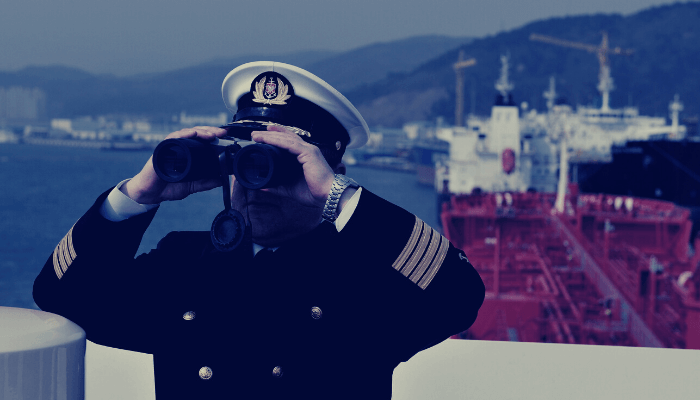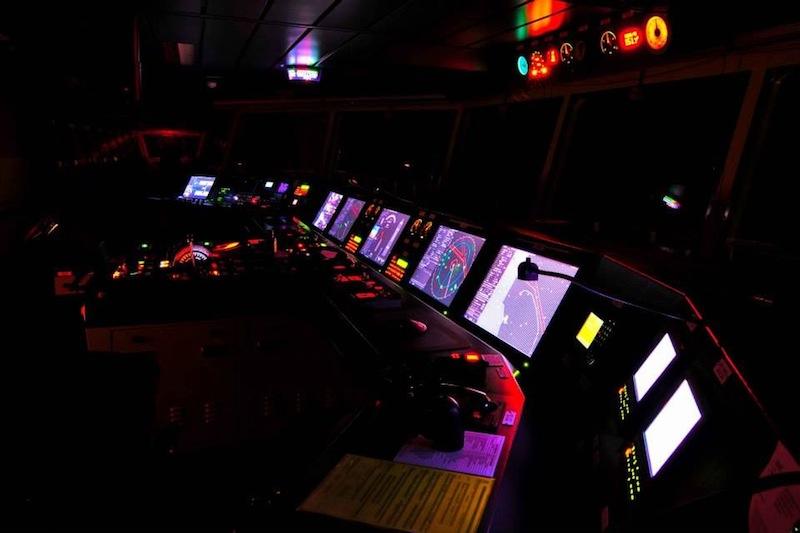

Ship operations are complex and require utmost precision. It is therefore the constant endeavor of the ship’s officers to ensure that high level of professionalism is in progress at all times.
The Master, being the overall in-charge of everything on board, is responsible for the functioning of the vessel is every aspect.Thus, it is obvious for him to promulgate his requirements with respect to the safety of navigation and other operations carried out on the ship.
Keeping this intention in mind, the Master puts his requirements into writing to avoid any confusion in the matter. Officers onboard thereafter, become familiar with the Master’s “Standing and Night Orders”.
Ship’s officers are familiar with the plethora of codes, conventions, rules and regulations that cover every nook and corner of shipboard activity, ranging from the daily routines as well as the rare circumstances that call for specialized actions. Combine that with the requirements of the company, and the officer has quite a bit in his plate!


Keeping this whole array of requirements in mind, the Master chalks out the orders best suited to his personal judgment and to the capabilities of the officers, considering the nature of the vessel, her trade patterns and bridge team practices. These orders might also reflect anything that has caused concern in the past or something that might’ve upheld high standards of teamwork.
Basically, it is a written document establishing ground rules so as to establish a system of engagement to develop mutual confidence.
The standing orders are a set of guidelines to ensure safe ship navigation and operations whether at sea or at port. These set of guidelines by the Master encompass a very wide array of aspects of navigation and rules of conduct for the officers. Standing orders are to be followed at all times by the officer on duty and is duly signed by every officer on board, making them liable to adhere to the orders. That is to say that the standing orders are in-force and applicable at all times the ship is at sea, at port or at anchor. The following is an example of the Master’s Standing Orders:
Click here for the sample of Master’s Standing Orders
The night orders are a supplement to the standing orders that come into force as the Master proceeds to take rest during the night. The standing orders are in force at all times whereas the night orders add specific points to the withstanding standing orders. The Master writes the night orders every night, with specific regard pertaining to the existing state of the weather, sea and traffic. These are generally handwritten and again, duly signed by every OOW. One should read these orders carefully because the Master uses his experience and expertise to determine safe navigation in is absence and therefore lays down instructions as to the plotting intervals, temperature/pressure reading intervals and so on and so forth. The captain is liable for the entire ship and putting that trust onto the officers is a very big deal. The following is an example of the Master’s Night Orders:
Click here for sample of Master’s Night Orders
The Master exercises due experience and knowledge every time he takes over command. He assesses every situation keeping in mind the extent of the capabilities of his bridge team, the ECR team, the crew and the technical facilities at his disposal. This makes the standing as well as the night orders an extension of his personal judgment on matters of ship safety and security.
All seafarer’s are familiar with the term “The Master’s word is final”. Well, let us just say that this is why these orders are put down in writing; to make their striking importance crystal clear. Keeping such high importance in mind, the orders should be executed with the same fervor.
The most crucial point would be to adhere to the orders, minimizing any scope of human error. However, it is only natural to err and therefore, any such error should be brought to a senior officer’s notice immediately.


When the Master has clearly mentioned in both the standing as well as the night orders that he must be called in case of any doubt, the OOW must do so as soon as the need to think the same arises. Often, the orders clearly state, “If you find yourself thinking about calling the Master, the time has clearly come to do so”. When the Master puts that faith on to the Officers, it must be honored to the highest level of professionalism.
Every OOW should also remember that he signs the orders at the bottom, clearly adhering to a clause that very candidly binds him to it, stating “Please sign below, indicating that you understood these orders, which will be supplemented by the Master’s Night Orders each night when the vessel is at sea or at anchor or when required.”
Do you have more information on Master’s Standing and Night Orders? Let’s know in the comments below.










We believe that knowledge is power, and we’re committed to empowering our readers with the information and resources they need to succeed in the merchant navy industry.
Whether you’re looking for advice on career planning, news and analysis, or just want to connect with other aspiring merchant navy applicants, The Marine Learners is the place to be.